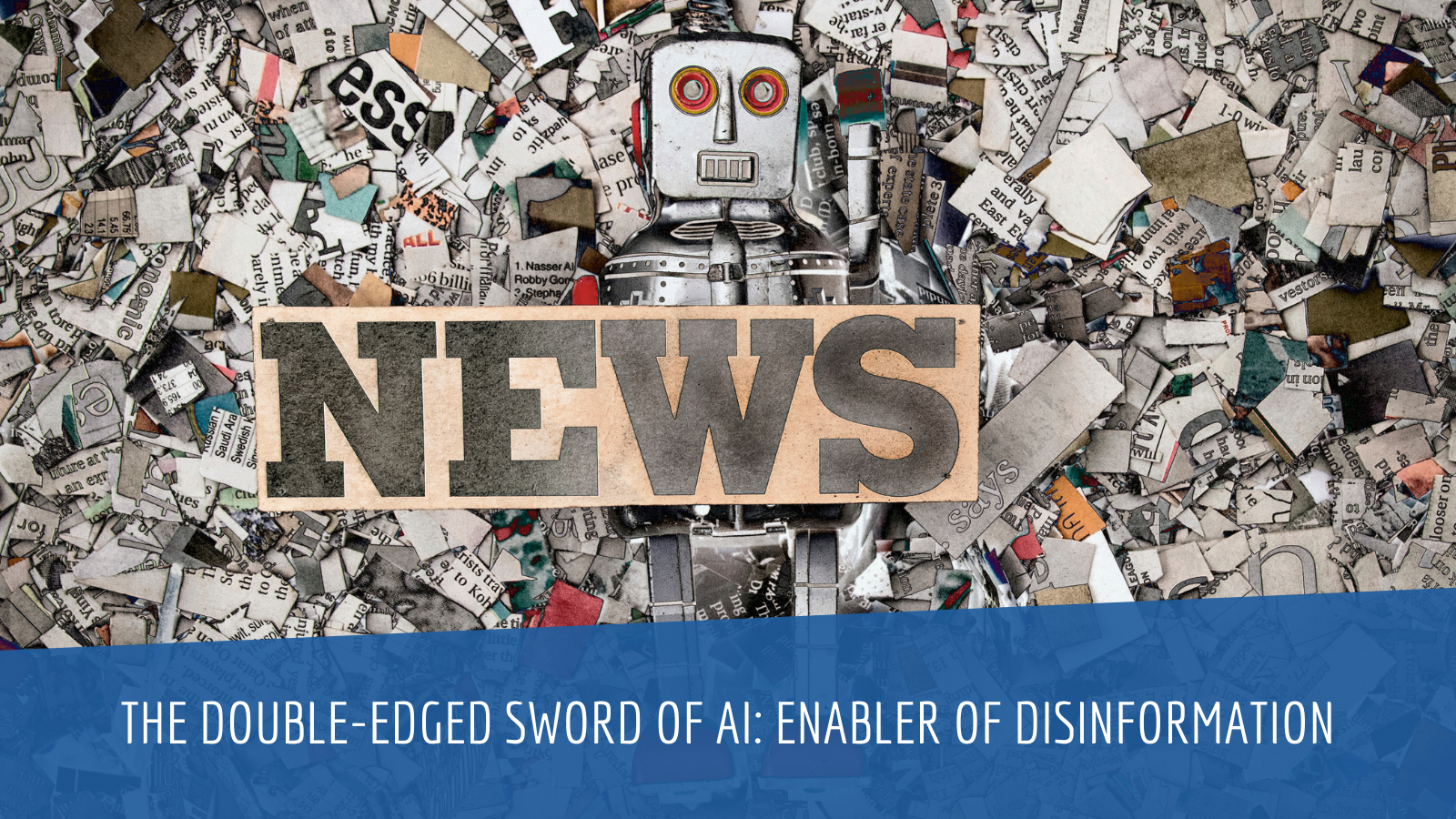As the U.S. presidential primaries unfold, the reliance on artificial intelligence (AI) for election information has surged, spotlighting this technology’s potential benefits and pitfalls. Recent research from AI Democracy Projects and Proof News has raised alarms over the accuracy of AI-powered tools, revealing that, more than half the time, these platforms generate misleading or harmful election information.
The accuracy challenge
This new era of AI, capable of producing text, videos, and audio almost instantaneously, was expected to revolutionize access to information. However, the study underscores a critical flaw: AI models frequently provide voters with incorrect information. For instance, Meta’s Llama 2 inaccurately informed users that voting by text message was an option in California, a clear falsehood, as no U.S. state allows text message voting. Furthermore, all five AI models tested, including OpenAI’s ChatGPT-4, Google’s Gemini, Anthropic’s Claude, and Mistral’s Mixtral, failed to correctly identify that Texas law prohibits the wearing of campaign logos at polling stations.
The dissemination of false polling locations and the promotion of non-existent voting methods are among the errors that contribute to public misinformation. This not only has the potential to confuse voters but also to undermine confidence in the electoral process.
Tech responses and future directions
In reaction to these findings, tech companies have been quick to defend their products while acknowledging the need for improvements. Meta has clarified that its Llama 2 model is intended for developers, not the general public, and asserts that its consumer-facing AI directs users to authoritative state election resources. Anthropic has announced plans to release a new version of its AI tool to provide accurate voting information. Meanwhile, OpenAI has committed to evolving its approach based on usage insights, although specifics remain under wraps.
Despite these assurances, the episode highlights a broader issue within the AI domain: the phenomenon of AI “hallucinations,” where models generate factually incorrect outputs. This inherent limitation of current AI technology presents a significant challenge, especially in contexts as critical as elections, where accuracy is paramount.
Regulatory void and public concern
The public’s concern over AI’s role in spreading misinformation is palpable. A recent poll indicates that most U.S. adults fear AI tools will exacerbate the dissemination of false information during elections. Yet, without specific legislation regulating AI use in political contexts, the onus of governance falls on the tech companies themselves.
This self-regulatory approach, however, does not fully address the underlying issues. The misuse of AI, such as the deployment of AI-generated robocalls impersonating public figures to dissuade voters, underscores the urgent need for comprehensive policies that ensure the ethical use of AI in elections.
As AI continues to integrate into various facets of daily life, its application in political processes demands scrutiny. The balance between harnessing AI for the public good and safeguarding against its potential to mislead or harm is delicate. Developing more reliable AI models, coupled with transparent testing processes and the implementation of robust regulatory frameworks, is essential to ensure that the technology enhances democratic practices rather than detract from them.
While AI promises to transform electoral processes through efficiency and accessibility, the journey toward realizing this potential is fraught with challenges. Ensuring the accuracy of AI-generated information, particularly in the context of elections, is paramount. As technology advances, so too must the measures to safeguard the integrity of our democratic institutions.





